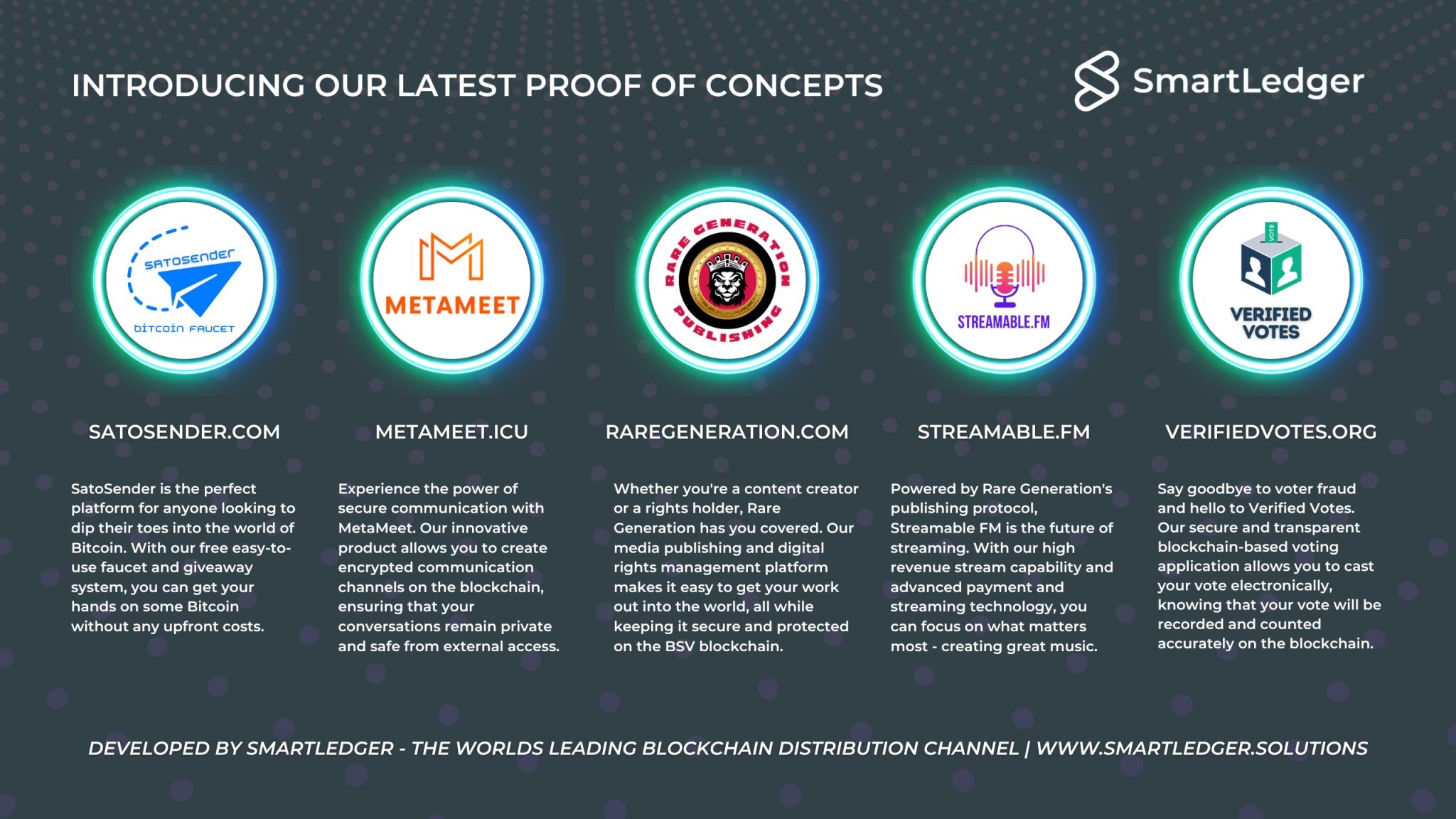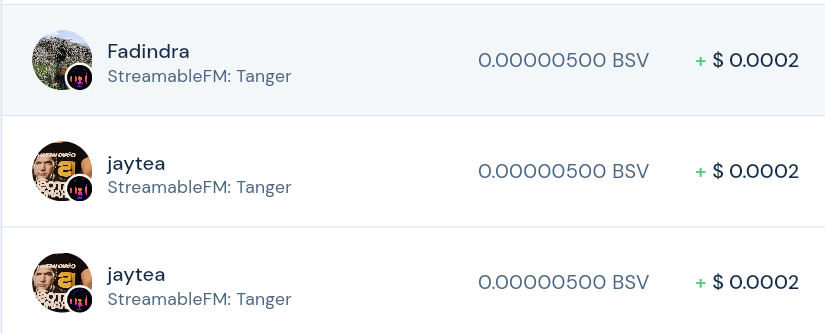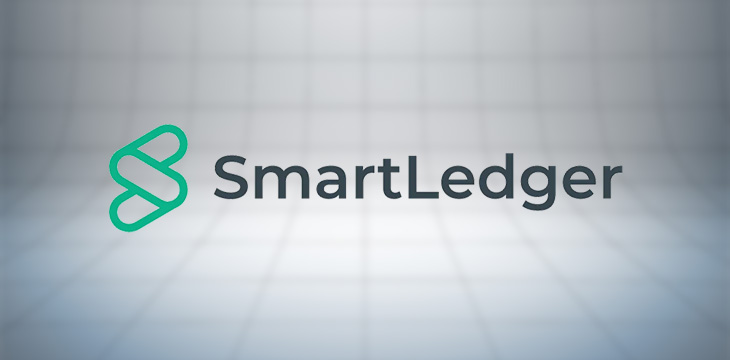|
Getting your Trinity Audio player ready...
|
SmartLedger introduced no less than eight PoC (proof-of-concept) applications to start the New Year. The feedback from the BSV community has been overwhelmingly positive in just a few days of using these simple applications. I caught up with the Chief Development Office of the company, Gregory Ward, to learn more about them.

Why release so many applications at the start of the New Year?
Gregory Ward: Our main focus last year was building and launching both Certihash Sentinel Node as well as TicketMint. Simultaneously, we were working on many ideas behind the scenes while these applications were being built. Although it was not intentional to launch so many applications at the start of the new year, many of these proof-of-concept(s) took shape during ‘winter recess,’ and we decided what better time to let the community begin to test and use them than the New Year.
How long did it take to develop these applications, on average?
Gregory Ward: Quite honestly, not very long at all. The great thing about the Bitcoin protocol and the many features and functions of scalable blockchain, such as micropayments, immutable data, data signing, (plus many others), is that it is possible to build out a framework that works, and replicate it for many other uses. This enables a team or a developer to create proofs-of-concepts and MVPs fairly quickly.
What is the technology stack used to develop these applications?
Gregory Ward: At first, most of these applications began with the Bitcoin SV JavaScript 1.5 library, HTML, JavaScript, and CSS, with a NodeJS server setup. After proving out concepts, I began integrating Handcash as the login, seeing that it was one of the most popular wallets within the BSV ecosystem.
2023 is already the year for content creators.. #micropayments make sense & cents. https://t.co/2qp5S7PfBR
— Bryan Daugherty (@BWDaugherty) January 2, 2023
Why is 2023 the year for content creators?
Gregory Ward: With applications being able to take advantage of scalable Bitcoin micropayments, on-chain data, digital asset ownership, on-chain publishing, and immutable accounting, I believe we will see a next generation of content creators publishing and monetizing their media in exciting new ways not seen until now, providing increased revenue and more control over their intellectual property.
How does Streamable FM offer up to 10 times the revenue stream capability compared to Spotify?
Gregory Ward: Our current model pays creators/publishers $0.0009 per stream, 3x the revenue of Spotify. We will be offering premium subscriptions as well as advertising opportunities in the near future to further improve revenue capabilities.

After listening to a song on Streamable FM, why am I receiving 500 satoshi micropayments?
Gregory Ward: That is a great question! You receive micropayments to your Paymail address, as it was included as a percentage of publishing for one of the songs published on RareGeneration.com. This application is an amazing example of micropayments adding up in real-time for publishers and content creators, as streams are played on Streamable.FM.
How are payments split and distributed when playing a song on Streamable FM?
Gregory Ward: Rare Generation publishing platform allows content creators/publishers to register media, assign percentages of publishing ownership for both writers and publishers, and publish this information to the Bitcoin SV blockchain/public ledger. This enables Streamable FM to pull the publishing information from an immutable source of truth and pay stakeholders instantly, according to the blockchain registry.
What is up with the encrypted Bitchat messages I have seen on-chain from SmartLedger?
Gregory Ward: We recently released an instant, encrypted version of Bitchat, called MetaMeet.icu, which allows users to create instant private chat rooms, share the URL with query parameters included, and initiate communication. It also has an ‘old school’ ringtone notification sound that can be turned on or off.
Why choose to integrate HandCash as the wallet for each application?
Gregory Ward: Not only do we love the simplicity and user-friendly experience of HandCash, but it made sense to integrate with the most popular wallet in our eco-system. Furthermore, single sign-on solutions like HandCash allow users to easily access the power of the blockchain without having to remember a lengthy private key or set of 12 words. We believe this will help accelerate the adoption of blockchain technology. SmartLedger is actively building ‘Enterprise Elements’ (E2), our own single sign-on solution/Multi-pass Wallet, which we currently feature in our virtual and physical NFT ticketing platform, TicketMint, as well as our cybersecurity detection platform, Certihash Sentinel Node.
How do Verified Votes record a vote on-chain securely?
Gregory Ward: When a ‘Voter’ logs in to Verified Votes to submit a vote for a particular campaign, the platform searches the blockchain for the Campaign TXID to verify the campaign creator, poll question, poll options, as well as campaign start and end date. The user is able to submit a vote on-chain, along with a hash of their device and paymail information, enabling the platform to check and reject subsequent votes by the same user.
With the release of the BSV faucet SatoSender, how do you prevent abuse of the faucet?
Gregory Ward: Users can visit Satosender daily to log in and receive 5000 satoshis. Once a user registers for the first time, they are eligible to win a daily 50k Satoshi giveaway and have a chance to win NFTs, music, and other prizes. In order to prevent abuse of the faucet, we ask permission to see the users’ registered phone numbers with Handcash, and we compare the hash of this to the hash of our stored users, along with the last time they requested Satoshis. This gives us a fairly robust way to protect against attacks. Of course, it is always important as platform creators to be on the lookout for anomalies.
How does PayCircles differ from MetaMeet?
Gregory Ward: Paycircles is a blockchain-powered value distribution platform, where users can create circles of recipients’ Paymail handles & percentages, publish the circle to the blockchain, and retrieve the circle of recipients for future payment. This can be used for applications like Rare Generation Publishing, Project Team member payments, shareholder payouts, and much more. Metameet is an encrypted, verifiable, blockchain-based communication tool. It allows users to generate a unique encryption/decryption key and URL to share with others. By using the blockchain and mempool, we can create instant, encrypted, and verifiable messaging chains. This can be used for contract negotiations, social media, security, and more.
Thank you, Gregory, for taking the time to answer my questions. I hope the readers learned more about SmartLedger and the PoCs they have released.
This article was lightly edited for clarity purposes.
Watch: Sentinel Node partners with IBM to improve cybersecurity

 12-16-2025
12-16-2025 





